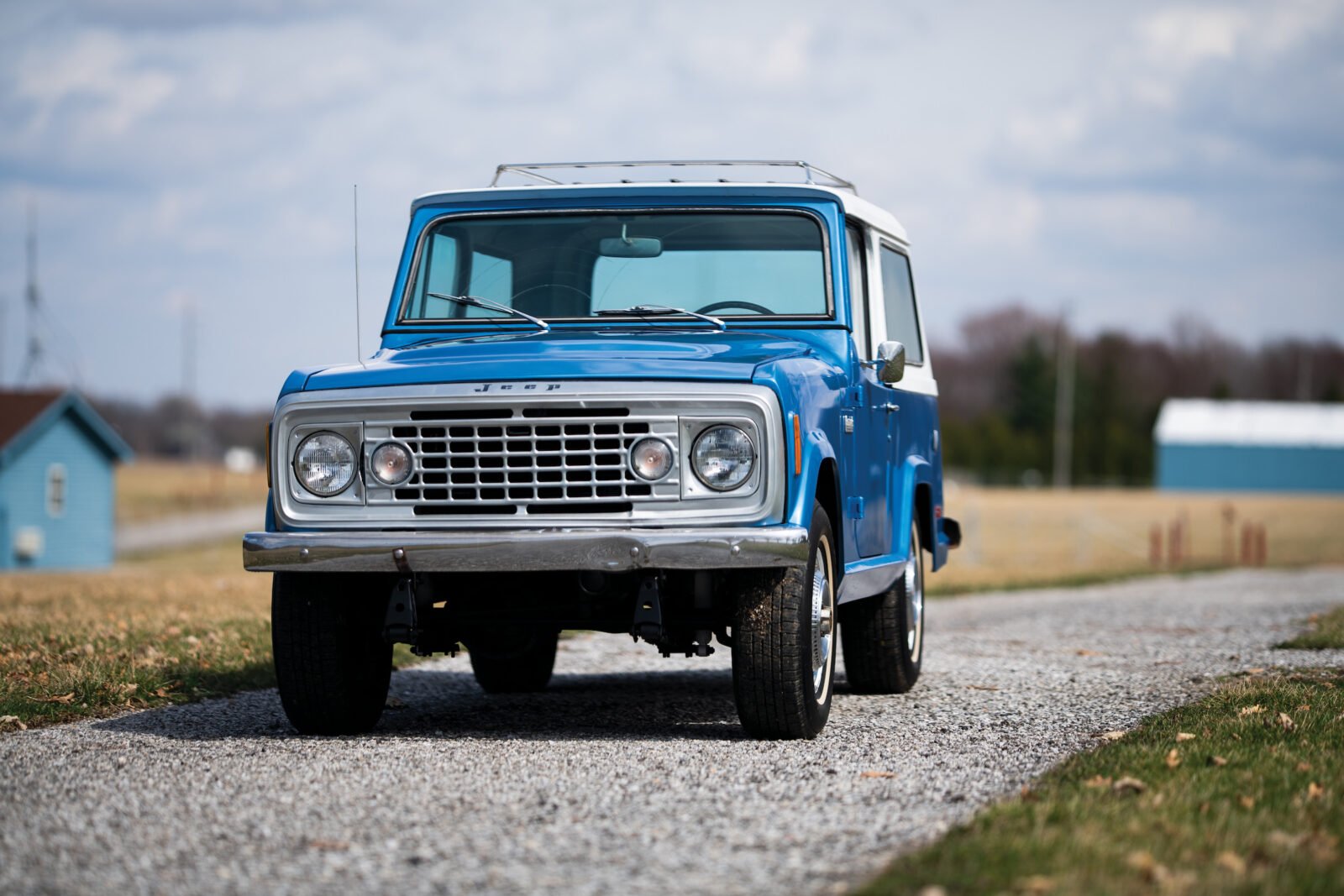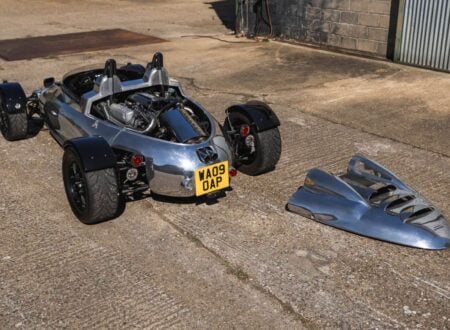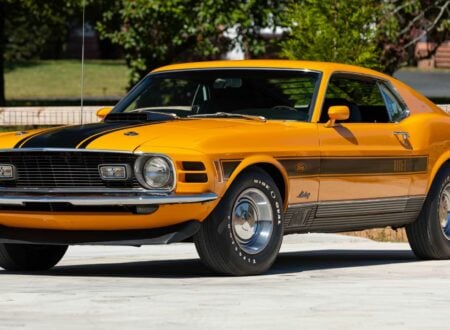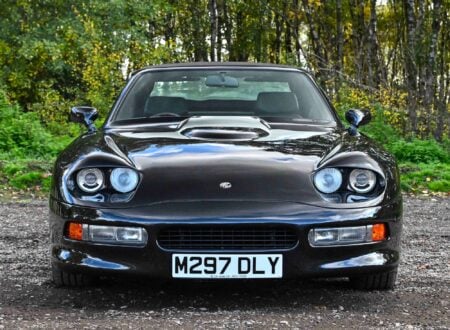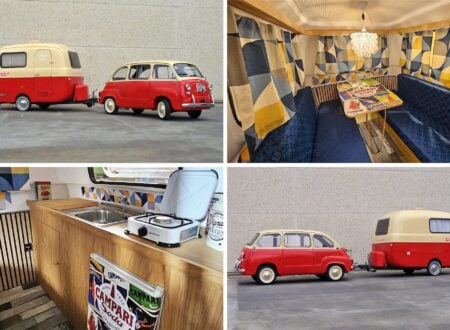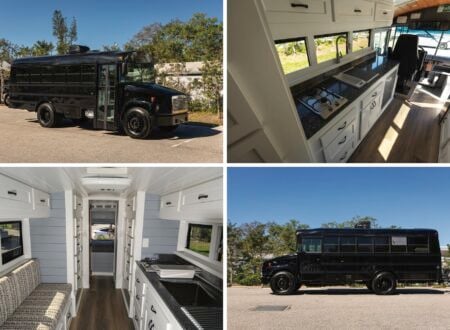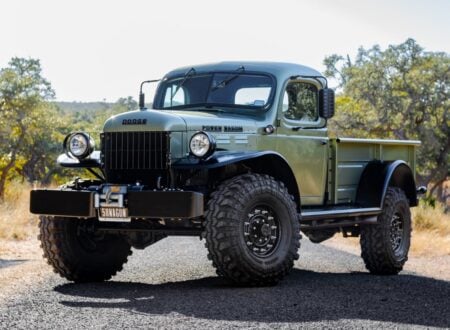The Jeep Commando was directly based on the outgoing Jeepster Commando, however it featured a series of modifications designed to allow it to accommodate the AMC 232 and 258 six-cylinder engines and the 304 V8 engine.
The Jeep Commando – C104
American Motors Corporation (AMC) bought Kaiser in 1970, they immediately set about ensuring the Jeepster would be competitive in the rapidly growing early 4×4 SUV market genre. The likes of the Ford Bronco, the International Scout, the Chevrolet Blazer, Range Rover, and the Toyota Land Cruiser were proving stiff competition for the Commando which many considered a little dated.

The primary modifications to the Commando for 1972 was the development of a new front end, it was now much more inline with the rectangular front end of the Bronco, Scout, Blazer, and Range Rover. The new design did away with much of the Willys Jeep-derived Commando styling – some loved it and felt it was modern, but many didn’t take to it.
The major benefit of the 1972 and ’73 Jeep Commando could be found in the engine bay. The optional 304 cu. in. (4.9 litre) AMC V8 version had genuine legs for highway use, and prodigious power (by the standards of the era) for off-road use. Depending on the year the AMC V8 produced between 150 and 210 hp, with approximately 245 ft-lbs of torque at 2,500 rpm.
You could order your shiny new Commando in one of four major body options including wagon pickup truck, roadster, or convertible. Buyers could choose between an automatic or a manual 4-speed gearbox, with the 3-speed manual coming as standard.
Other popular features and options included air conditioning, power steering, and power brakes – matching many of the popular features offered by the competition.
The SUV or sport utility vehicle was still a relative newcomer in the late 1960s and early 1970s, these were some of the most important formative years in the development of the modern four-wheel drive community’s history.
As with many 4x4s of the era the Jeep Commando had disengageable 4×4, so it could be operated in regular 2×4 rear wheel drive mode most of the time to reduce fuel consumption and mechanical wear. Drivers could then engage 4×4 mode when required.
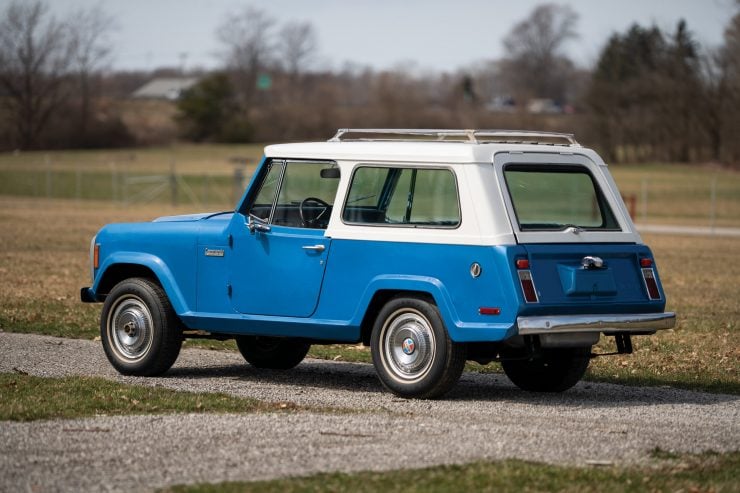
Original vintage 4x4s like the Commando you see here have been gaining rapidly in popularity in recent years, many didn’t survive because they were scrapped or they rusted out. Surviving examples are now highly desirable, and companies have sprung up in the US and Europe to restore them back to as-new condition.
The 1972 Jeep Commando
The 1972 Jeep Commando you see here is an original 304 cu. in. V8 equipped example, with the optional automatic transmission. It also has WARN Lock-O-Matic front hubs, air conditioning, power steering, and power brakes.
The removable white hardtop has a light duty roof rack, as well as the quick-access hatch and tail gate. There roof can be installed or removed in less than 20 minutes by two people with basic hand tools.
Inside there’s seating for four people (two front, two back), wind up windows, and there’s a spare tire in the rear. Period correct wheels and hub cabs are fitted, and there’s a heavy duty battery under the hood to ensure you have enough cold cranking amps to turn that V8 over.
If you’d like to read more about this Commando or register to bid you can click here to visit the listing on RM Sotheby’s.
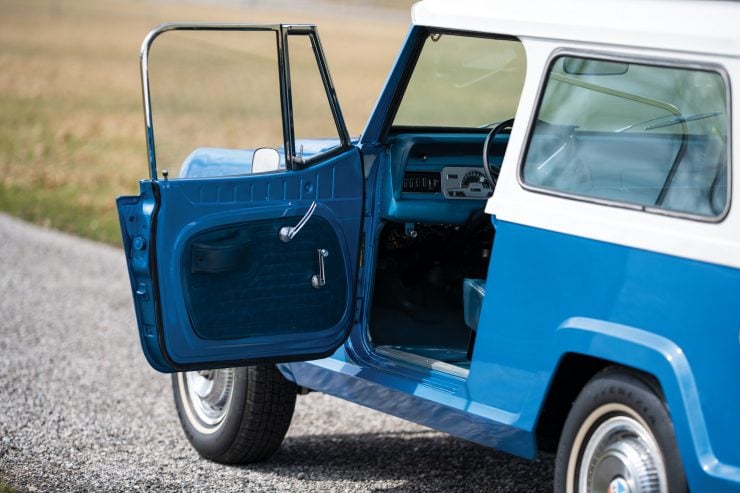
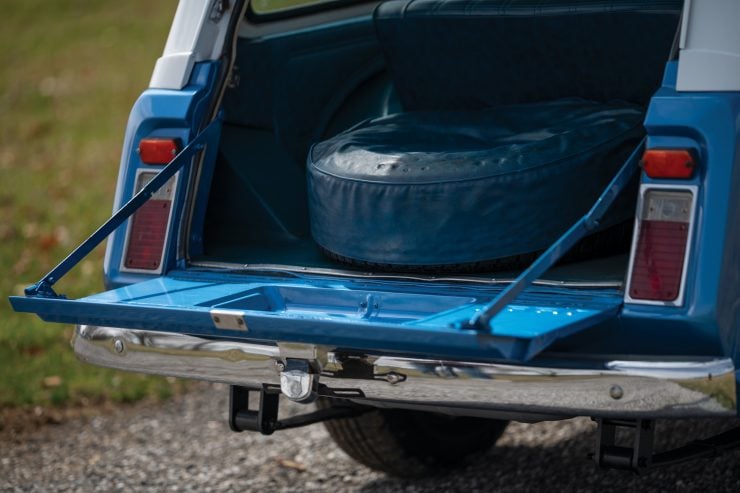
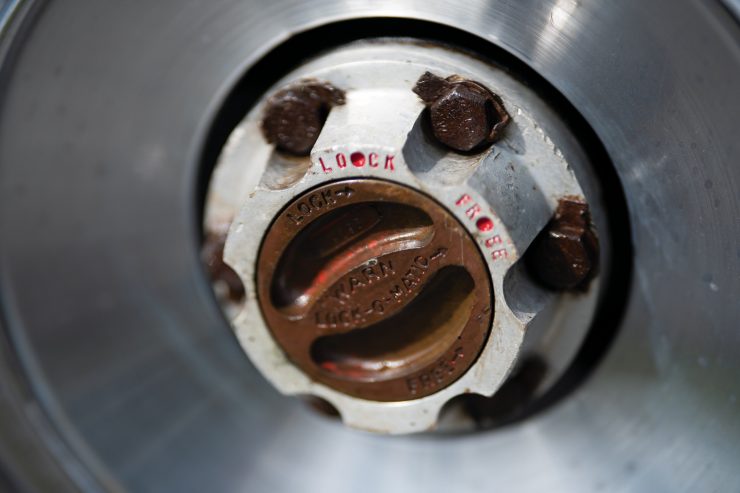
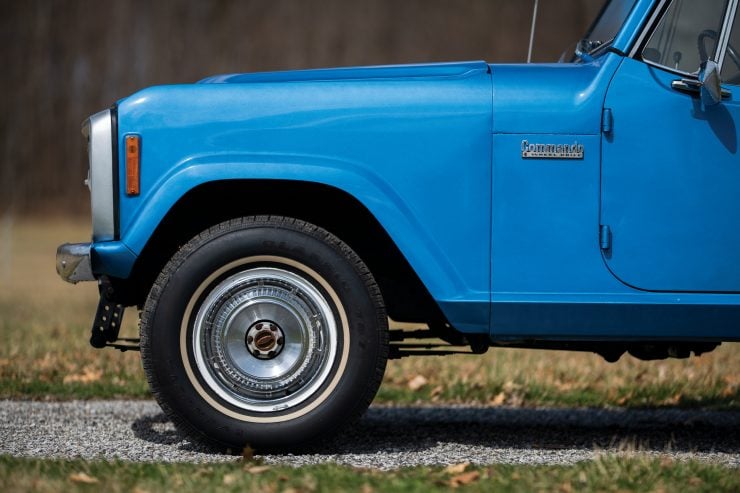
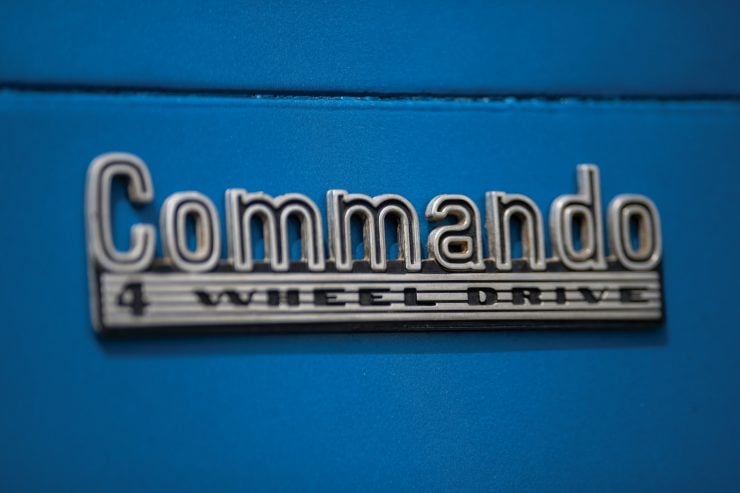
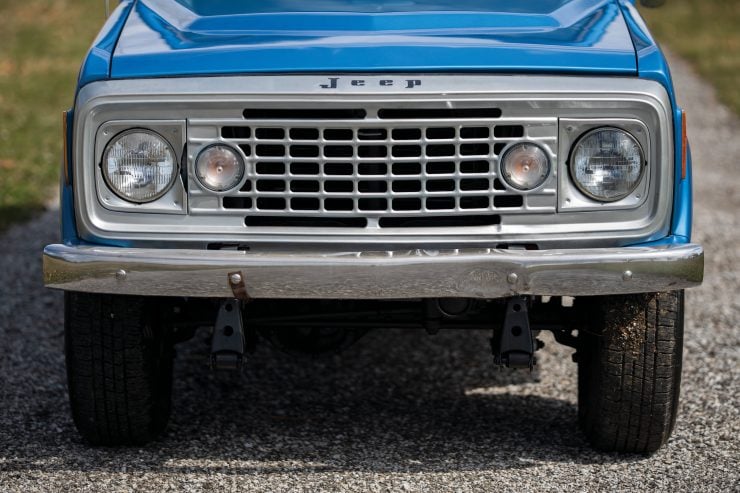
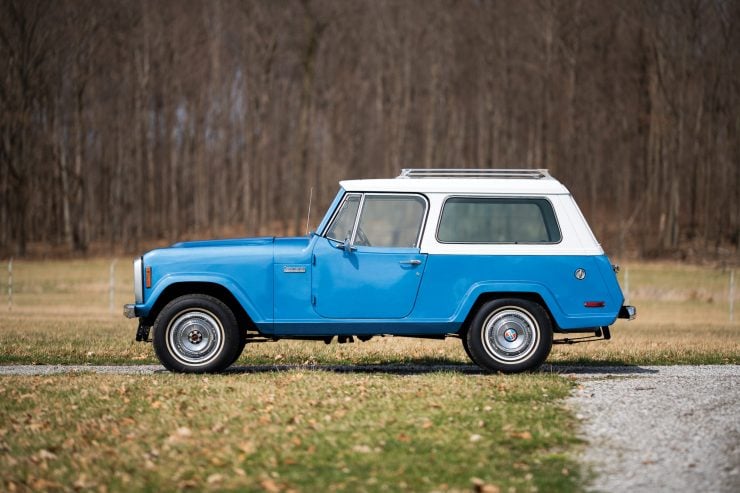
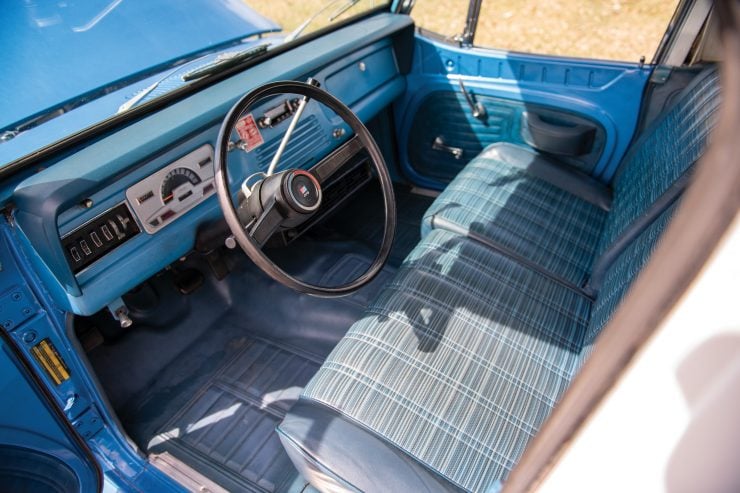
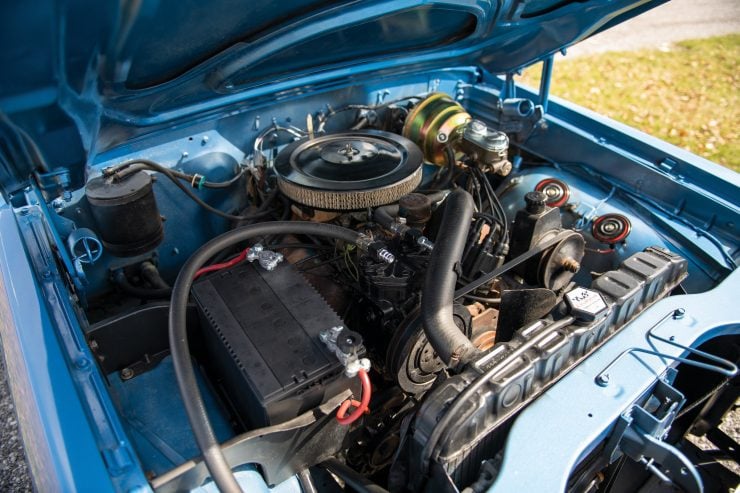
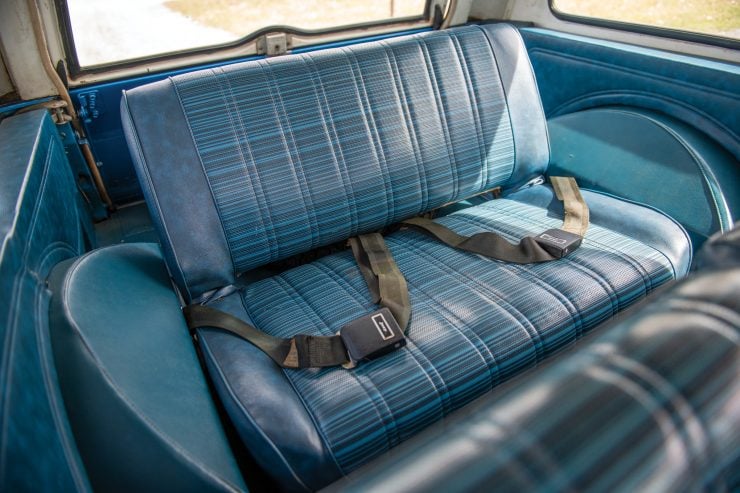
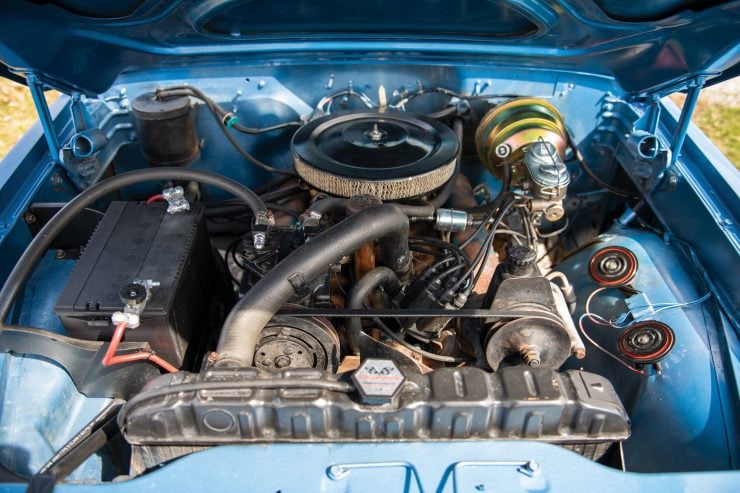
Images: ©2019 Courtesy of RM Auctions

